The U.S. Supreme Court’s recent decision in Dobbs v. Jackson Women’s Health Organization ended nearly 50 years of constitutional recognition of a right to abortion. In a moment of unprecedented erosion of freedoms, women also are confronting many economic challenges. Affordable child care, access to paid leave, and access to affordable health care and prescription medication are all issues that disproportionately affect women. As illustrated in the following stories from women in Arizona, Georgia, Nevada, and New Hampshire, when policies support women, the entire country stands to benefit.
Stories from women in Arizona
Stephanie Klein
Last year, when Stephanie was between jobs, the child tax credit helped to cover her bills and keep her daughter enrolled in a child care program. The high cost and long waitlists at local child care facilities led Stephanie to find affordable care from an in-home provider. Now, Stephanie worries about the upcoming cost of preschool. She wants to set her daughter up for success and enroll her in preschool, but the price—in addition to the cost of care before and after school that Stephanie needs in order to work full time—is too high for her to afford.
Click here to read more about Stephanie’s story.
My girl is so smart and would absolutely thrive in a preschool program. It kills me that I’m not able to afford putting her in preschool.
Stephanie Klein
Nikki Wall
Nikki works two jobs to provide for her three children. When Nikki’s landlord raised her rent last year, the monthly child tax credit came just in time to help her afford higher housing costs. In her smaller town, the cost of living has increased drastically while wages have stagnated. But without the monthly child tax credit to rely on, Nikki’s 17-year-old daughter contributes income from her job to help with rent payments.
Click here to read more about Nikki’s story.
Tiffany Jarrett
Tiffany is a full-time working mom providing for her teenage son, who has a thyroid condition that requires regular blood testing and doctor’s appointments. As a contract employee at a local small business, however, Tiffany cannot access any paid leave; she must take unpaid time off to attend her son’s doctor’s appointments but often cannot find the time to make up for those lost hours. She has no choice but to put off his doctor’s appointments due to a lack of paid leave, or risk not bringing in the income she needs to cover the cost of her son’s care and their everyday essentials.
Click here to read more about Tiffany’s story.

Kathy Saulsberry is pictured in June 2022. (Photo credit: Kathy Saulsberry)
Kathy Saulsberry
When Kathy fell into the Medicare coverage gap last year, she could no longer afford her diabetes medication. Luckily, her doctor had free samples to help Kathy make it through the end of the year. But this isn’t the first time health care costs put Kathy in a bind: More than a decade ago, Kathy developed multiple sclerosis, leaving her unable to work. With mounting bills and no income, she had to move in with family and friends for two years until she could get back on her feet.
Click here to read more about Kathy’s story.
Prescription drug costs make it really difficult to make ends meet on a fixed income.
Kathy Saulsberry
Jennifer Schuerman
As Jennifer and her husband, both nurses, worked the on the front lines of the pandemic, she worried about her 11-year-old son, Carter, contracting COVID-19 and anxiously waited for the vaccine to become available for his age group. But just four days before Carter became eligible, he contracted COVID-19. As his initial symptoms subsided, Jennifer noticed new symptoms: 12 days after his positive COVID-19 test, Carter was diagnosed with Type 1 diabetes—one of the many chronic illnesses that can be triggered by a COVID-19 infection. She worries her son will be saddled by ever-increasing insulin prices for the rest of his life.
Click here to read more about Jennifer’s story.
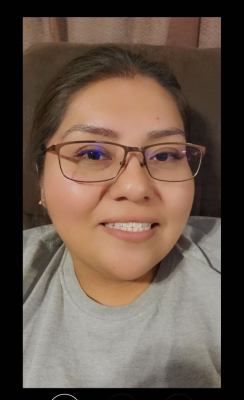
Leanna Tsinajinnie is pictured in May 2022. (Photo credit: Leanna Tsinajinnie)
Leanna Tsinajinnie
Leanna’s family lives on the Navajo reservation, where internet connectivity is scarce. When her children’s school went online at the beginning of the pandemic, she had to purchase expensive satellite internet and a laptop for her two school-age children to share. The expanded child tax credit helped her shoulder the cost of her new, pricey internet bill and freed up money in her budget so Leanna could afford to take her insulin as prescribed. When Leanna’s budget is tight, she will skip insulin doses and meals to avoid having to purchase insulin.
Click here to read more about Leanna’s story.
Before the CTC came, I had to choose between buying necessities and my insulin
Leanna Tsinajinnie
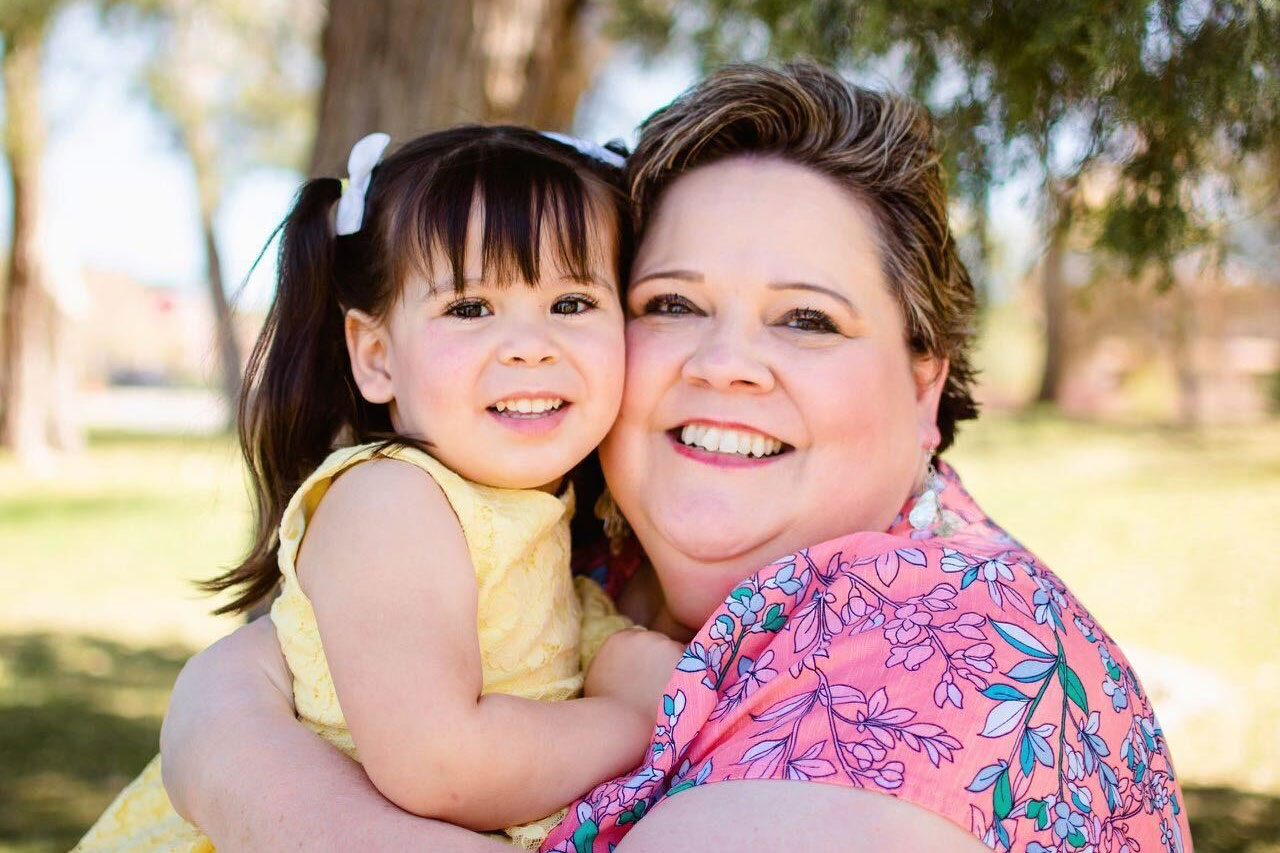
Stephanie Klein holds her daughter, Ruby Klein, in April 2022. (Photo credit: Aimee Blaisdell)
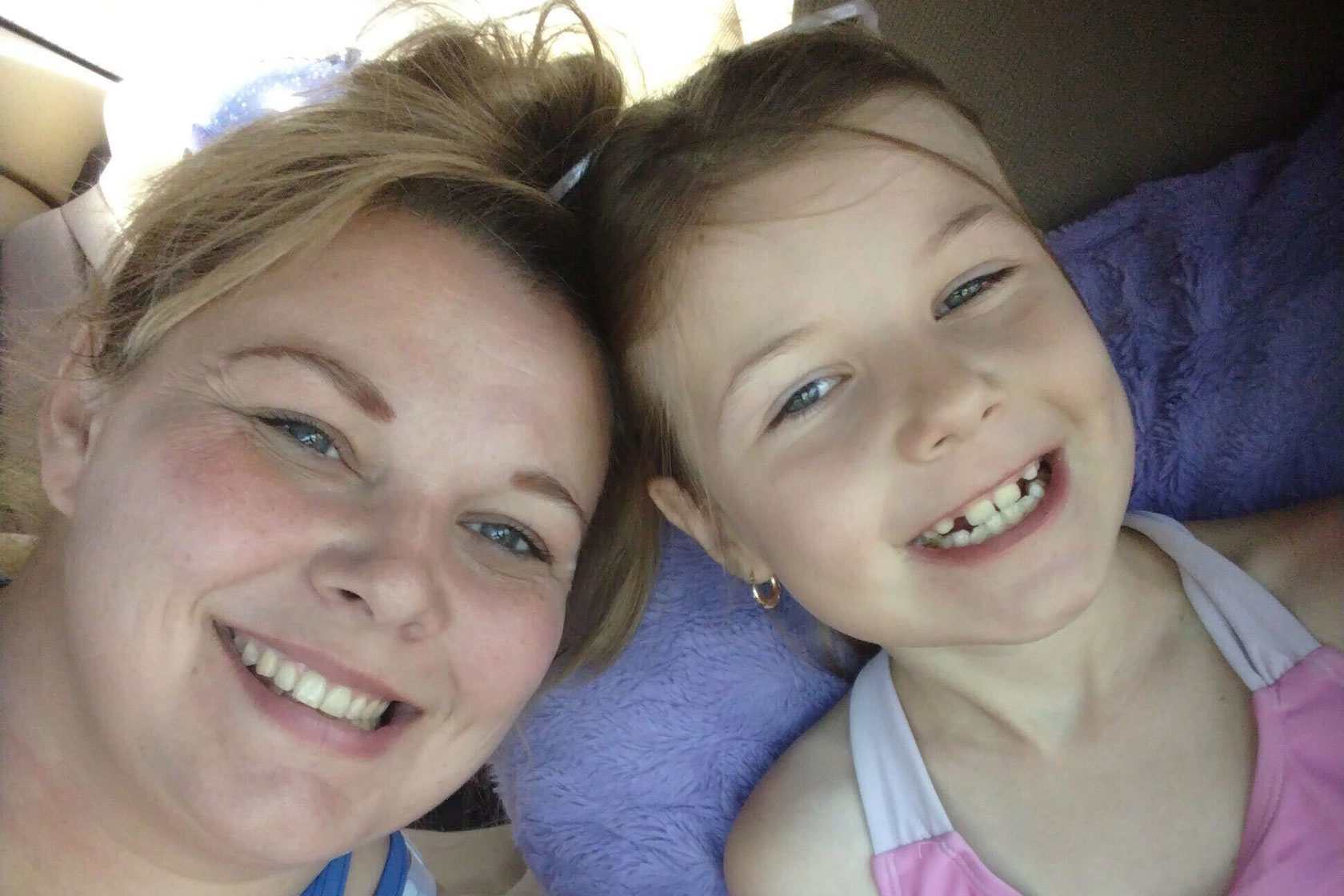
Nikki Wall, left, poses for a photo with her daughter Emma in June 2022. (Photo credit: Nikki Wall)
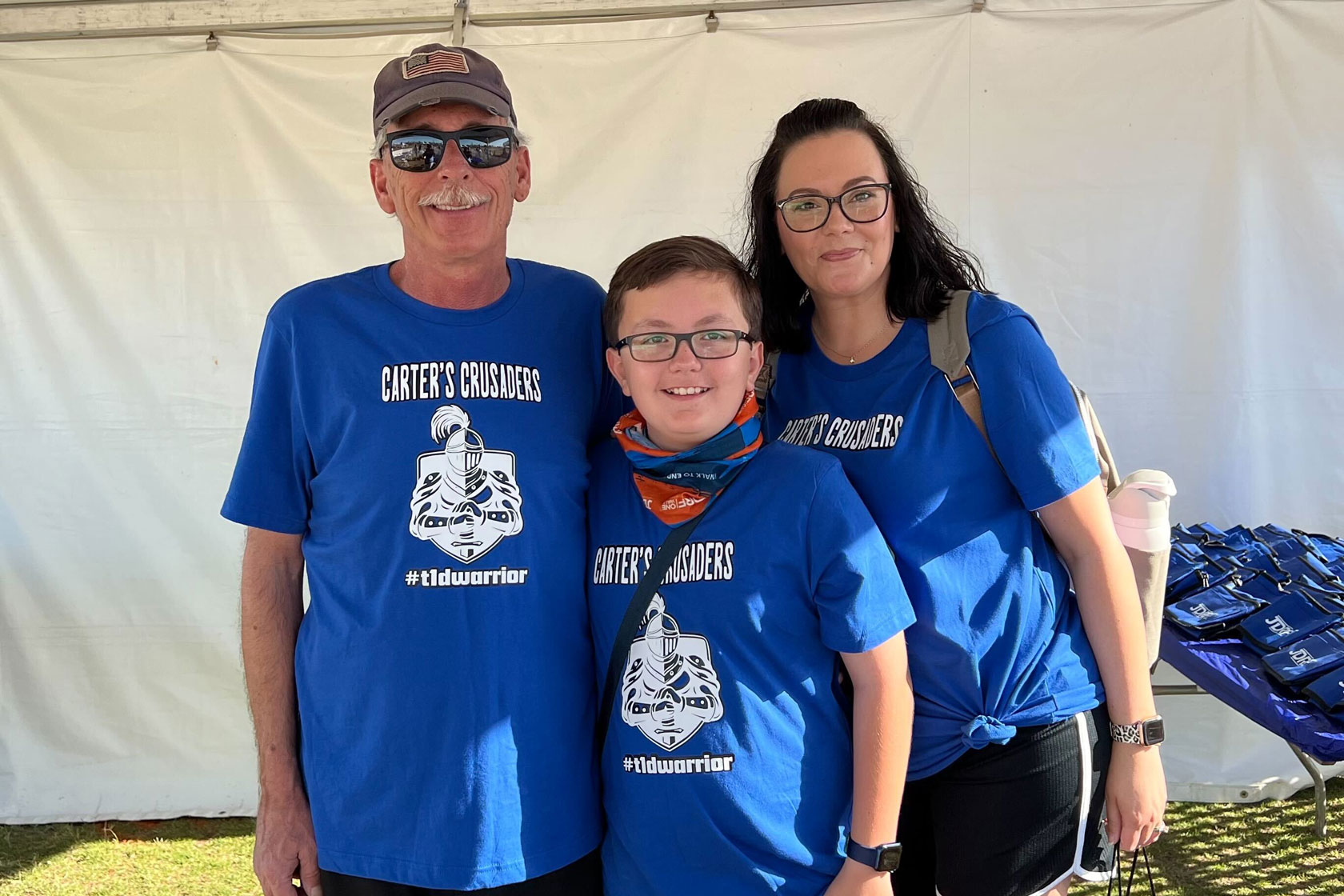
Jennifer Schuerman, right, is pictured with her husband, Todd, and son, Carter, in May 2022. (Photo credit: Jennifer Schuerman)
Stories from women in Georgia
Lacy Mason
Even with health insurance, Lacy couldn’t afford her insulin while in grad school. Out of options, she rationed insulin for three years, a potentially deadly situation for Type 1 diabetics. During those difficult years, that meant skipping insulin doses, using expired insulin, meeting strangers in parking lots for insulin donations, and having her friends who worked as nurses bring her opened insulin vials from the hospital in order to survive. Lacy became accustomed to the physical side effects of rationing, but the mental toll endures today. Almost one decade later, Lacy is now in the position to afford insulin, but she knows that as insulin prices continue to climb, more people will have to ration their life-sustaining medication.
Click here to read more about Lacy’s story.
By the end of grad school, I’d lost about 30 pounds from rationing insulin.
Lacy Mason
Julia Callahan
At the time Julia first became a mother, the cost of child care was so high that it forced her out of her career. Child care took up the majority of her income. Ultimately, she had no choice but to leave the workforce to care for her child. Now, Julia is a mother of two, and child care is just as hard to afford as it was with her first child. The child tax credit helped bridge the gaps in her family’s budget after she lost her income, but Julia hopes to return to the workforce if child care ever becomes affordable.
Click here to read more about Julia’s story.
Hannah Ochoa
If it weren’t for the child tax credit, Hannah and her four children might have wound up homeless. After her fiance had an accident that put him out of work for several months, Hannah took on a minimum-wage job; but despite working all the hours she could get, her income could not support their family of six. She used the child tax credit for rent, food, and gas to help them get through a difficult time. In its absence, Hannah has been going to food banks to make ends meet. She will begin working soon but cannot secure child care and is praying she will find a way to make it all work.
Click here to read more about Hannah’s story.
Belinda Sherley
As the full-time caregiver to her husband, Belinda cannot work to access health insurance, nor can she qualify for Medicaid. She is one of around 300,000 Georgians in the Medicaid coverage gap. Over the years, Belinda has been refused treatment or could not afford needed health care multiple times. Last year, she nearly lost her life from organ failure due to untreated anemia.
Click here to read more about Belinda’s story.
I still owe thousands from the ER visit that saved my life.
Belinda Sherley
Elise Oberdorfer-Douglas
When Elise immigrated to the United States from Brazil to learn English, she believed life would be far better than it was in Brazil. She worked hard to build a life and ultimately started her family in Georgia. But when her daughter, Luiza, was diagnosed with Type 1 diabetes, Elise learned just how broken the American health care system is. Suddenly, she was faced with a monthly bill of more than $1,000 for insulin and diabetic supplies. There were many close calls when Luiza only had one vial of insulin. When Elise is in a pinch, she relies on online diabetic communities to receive insulin donations from strangers to make sure her child never goes without. Elise works hard to provide for her family; she did not imagine life in America would be so precarious.
Click here to read more about Elise’s story.
Shannon Bjorneby
Shannon is a schoolteacher and mother of three boys, all of whom live with health conditions. Even with top-tier state health insurance and a second job, her family’s health care costs make their budget very tight. When Shannon’s oldest son was diagnosed with Type 1 diabetes last year, she had to decide between paying copays and purchasing food.
Click here to read more about Shannon’s story.

Lacy Mason graduates from her doctorate program in May 2017. (Photo credit: Bryan Newman)

Julia Callahan sits with her fiance, Nathan, and their daughter, Berlin, and son, Boston, in April 2022. (Photo credit: Mary Beth Wood)
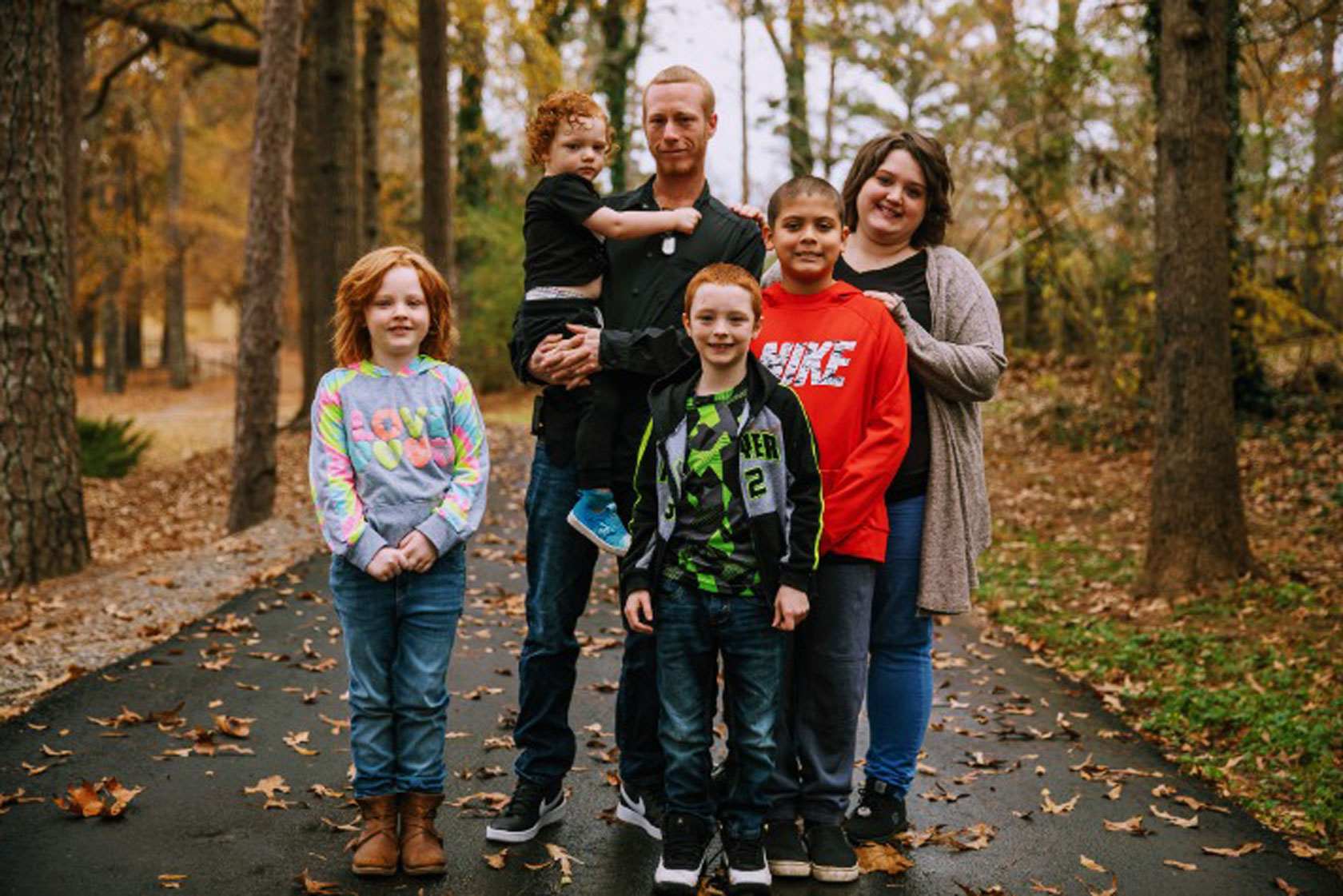
Hannah Ochoa is pictured with her fiance, Robert, and children, Jayden, Justin, Wyatt, and Arianna, in December 2021. (Photo credit: Riley Bunch, Georgia Public Broadcasting)

From left, Shannon Bjorneby’s sons, Grey, John, and James, are pictured on Christmas 2021. (Photo credit: Shannon Bjorneby)
Stories from women in Nevada
Anitra Lott
After seeing her children struggle to find reliable child care during the pandemic, Anitra decided to step away from her duties as an ordained minister and start her own child care business: Kingdom’s Daycare LLC. To help get her business off the ground, Anitra has received assistance from a child care resource center in Las Vegas that was launched with funds from the American Rescue Plan. The American Rescue Plan also provided Anitra’s business with several months of operational assistance for payroll.
Click here to read more about Anitra’s story.
I was grateful to receive several months of paycheck bonuses from the American Rescue Plan, but small child care providers like me could really use more help so that we can expand.
Anitra Lott
Kristine Schachinger
In March 2020, Kristine contracted COVID-19, which soon developed into long COVID, creating new health challenges and exacerbating her Type 2 diabetes and autoimmune disorders. Over the following two years, Kristine spent from $15,000 to $17,000 per year between her insurance, treatment, and prescription costs. To reduce the cost of her prescription drugs, Kristine has opted to buy some prescriptions outside of the United States, in Mexico.
Click here to read more about Kristine’s story.

Laura Perkins is pictured in January 2019. (Photo credit: Laura Perkins)
Laura Perkins
When Laura’s children were young, she frequently took them to North Las Vegas libraries, where they developed a love for learning. Soon, she became more involved in the library system, serving on the board of a local nonprofit dedicated to helping North Las Vegas libraries provide more resources to the community. The group’s work helped libraries afford more reliable internet and youth programming. Now, Laura is thrilled that American Rescue Plan funds are going to help fund North Las Vegas libraries.
Click here to read more about Laura’s story.
Vicki Kreidel
Since Vicki started teaching in the Las Vegas area about 10 years ago, she has progressively been paying more and more out of pocket each year to treat her osteoporosis and several autoimmune disorders. Now, Vicki is paying around $1,500 per treatment for her osteoporosis medication, which requires regular injections. Vicki says many other teachers in the school district—especially colleagues who rely on insulin—have had to leave their jobs to pursue work that includes health insurance that covers more of their prescription costs.
Click here to read more about Vicki’s story.
Las Vegas has a massive teacher shortage, and a big reason why is because we have trouble affording our prescriptions.
Vicki Kreidel
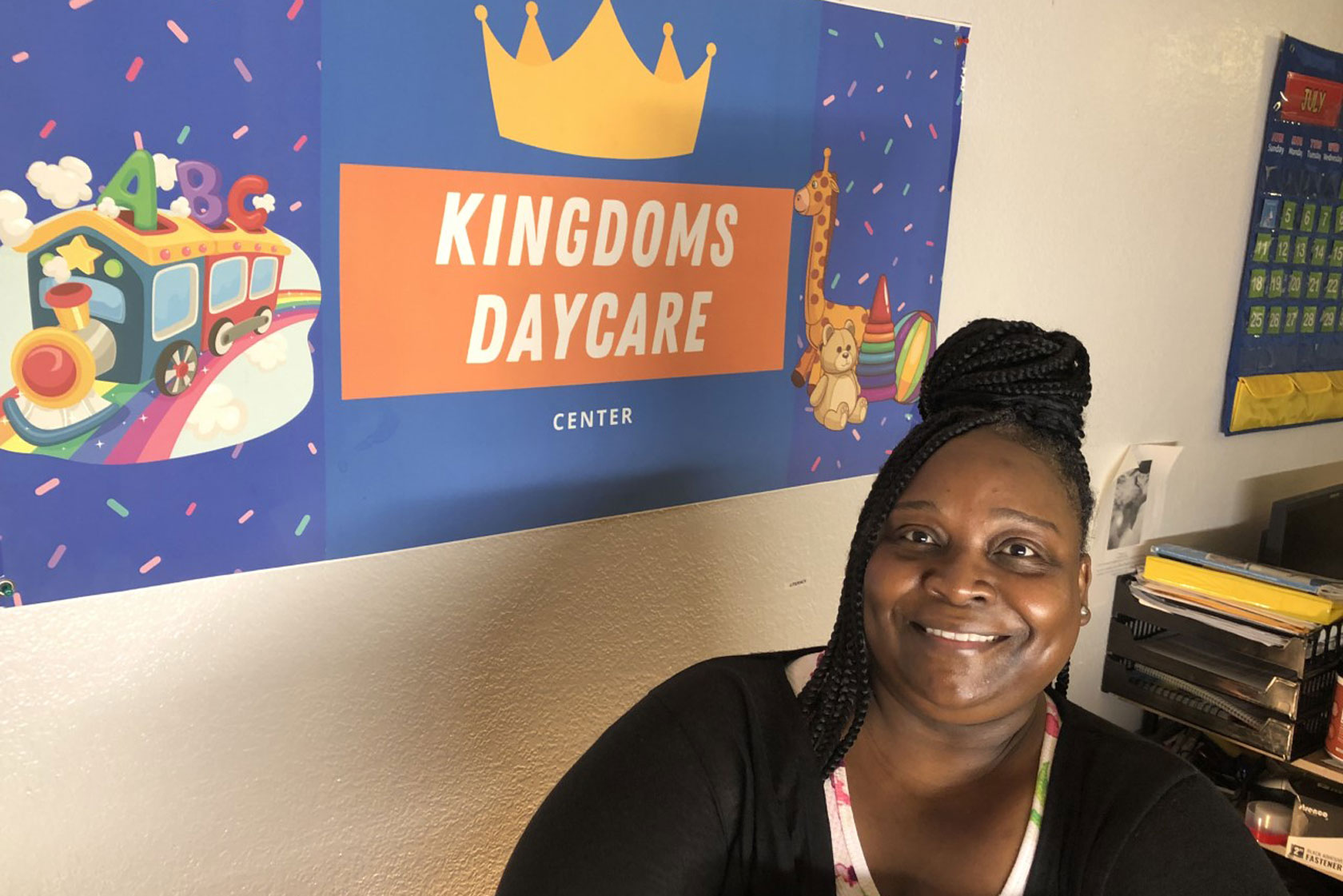
Anitra Lott sits next to her child care center sign in June 2022. (Photo credit: Anitra Lott)
Stories from women in New Hampshire
Margaret Langsenkamp
Since their daughter was born, Margaret and her husband have continually paid a large portion of their income on child care: $12,000 per year for infant care and $100 per week for pre-K. Their daughter is now in elementary school, and since Margaret and her husband both regularly work past school hours, they continue to pay $100 per week for after-school care. When the monthly child tax credit arrived, it cut their monthly child care costs by more than half.
Click here to read more about Margaret’s story.
This past summer, our child care costs went up by $160 per month. The child tax credit really helped us cover those costs.
Margaret Langsenkamp
Jodi Newell
Jodi is a single mother who travels 80 miles to and from her job at a homeless shelter in Massachusetts. As a result, reliable transportation is essential to her and her two teenage boys. When the stimulus checks from the American Rescue Plan arrived, Jodi used that money to put a down payment on a car. The child tax credit payments that arrived soon afterward helped her to afford her regular car payments and insurance, in addition to helping her pay down debt.
Click here to read more about Jodi’s story.

Valyria Lewis is pictured in May 2021. (Photo credit: GFayDesigns)
Valyria Lewis
In December 2020, Valyria “Vee” was diagnosed with an autoimmune disorder that causes severe inflammation in her joints and requires her to take daily immunosuppressant drugs. Recently, her doctors found a potentially cancerous mass in her duodenum, which has prompted several major procedures. Fortunately, she has a stable union job that provides good-quality health insurance, but she worries about affording her treatments if she ever were to leave that job or when she retires. She hopes one day, that health care won’t be tied to employment.
Click here to read more about Vee’s story.
I’ve joined Facebook support groups for survivors, and so many people with conditions like mine worry about being able to afford their prescriptions and treatments.
Valyria "Vee" Lewis
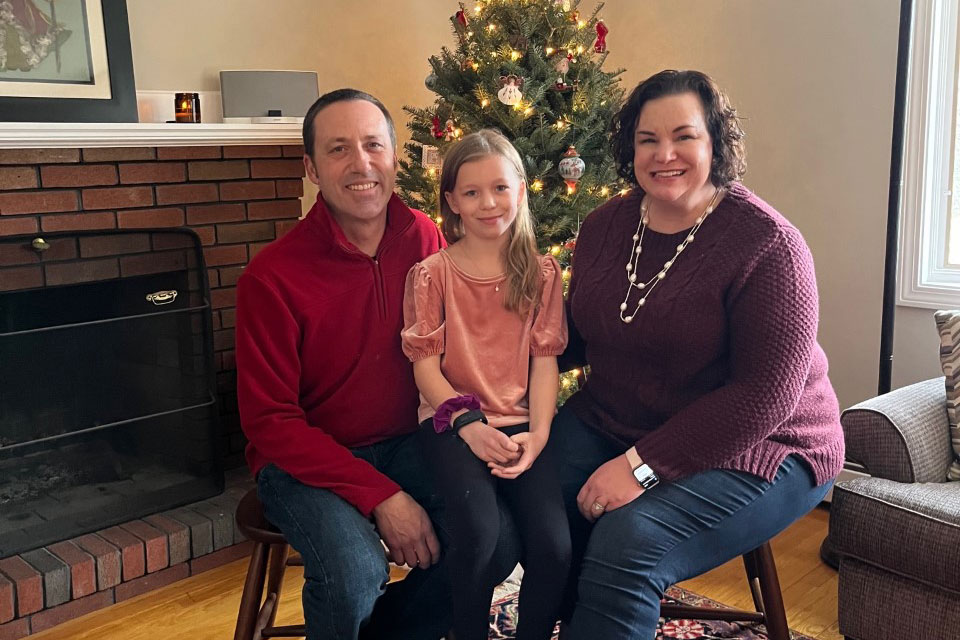
Margaret Langsenkamp, right, sits with her husband, Lee, and daughter, Louelle, in December 2021. (Photo credit: Margaret Langsenkamp)
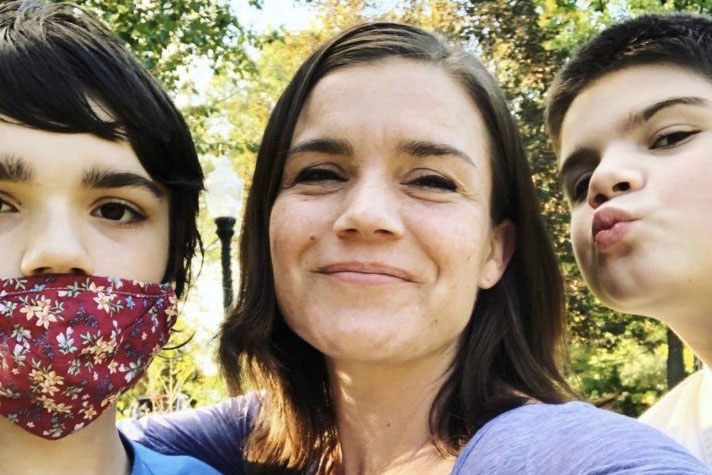
Jodi Newell is pictured with her sons, Corado and Benny, in April 2022. (Photo credit: Jodi Newell)
Conclusion
The strength and resilience of women in America has never failed to inspire and bring about progress. In the midst of uncertain times, policymakers must stand with women to secure the freedom and prosperity of all Americans.